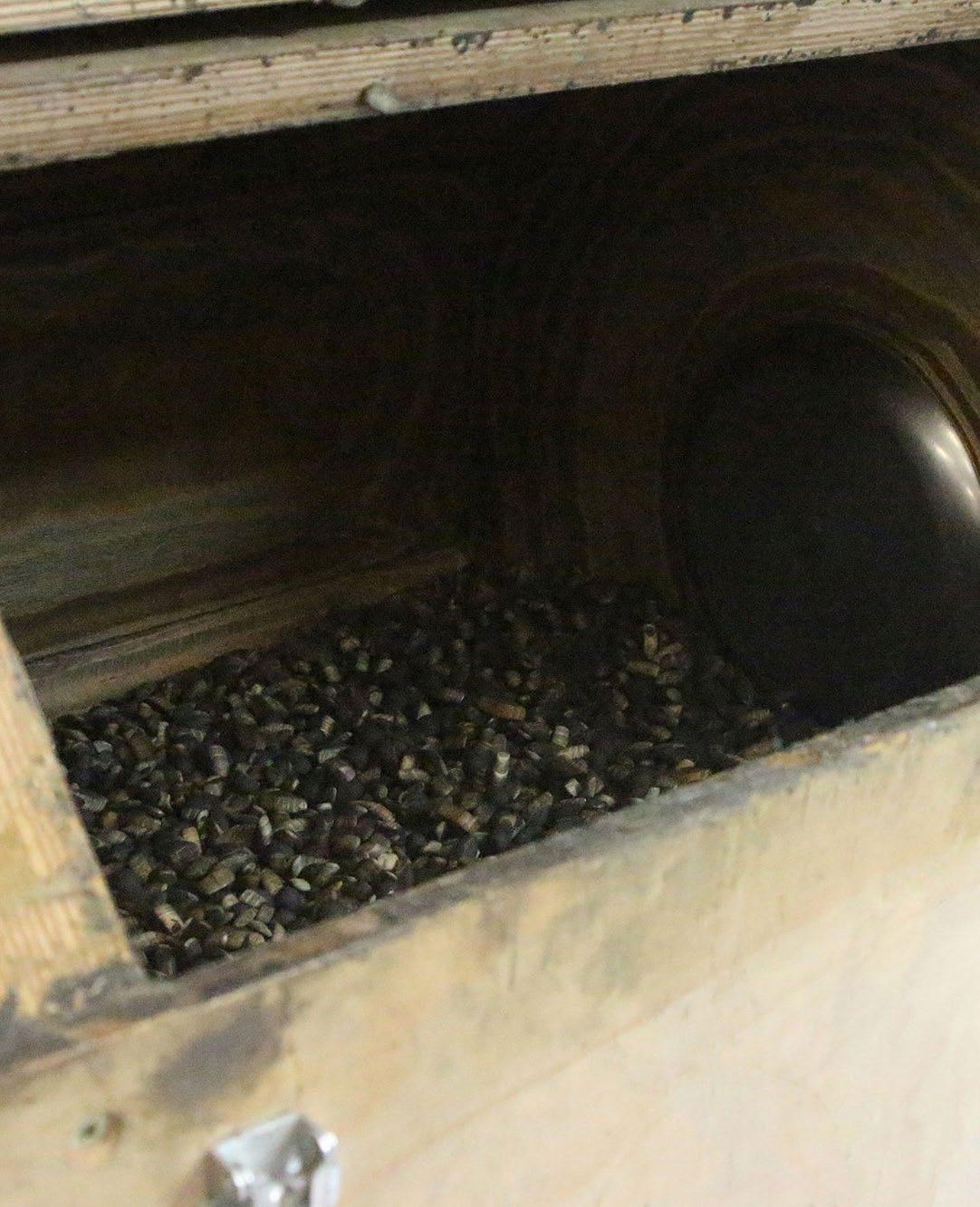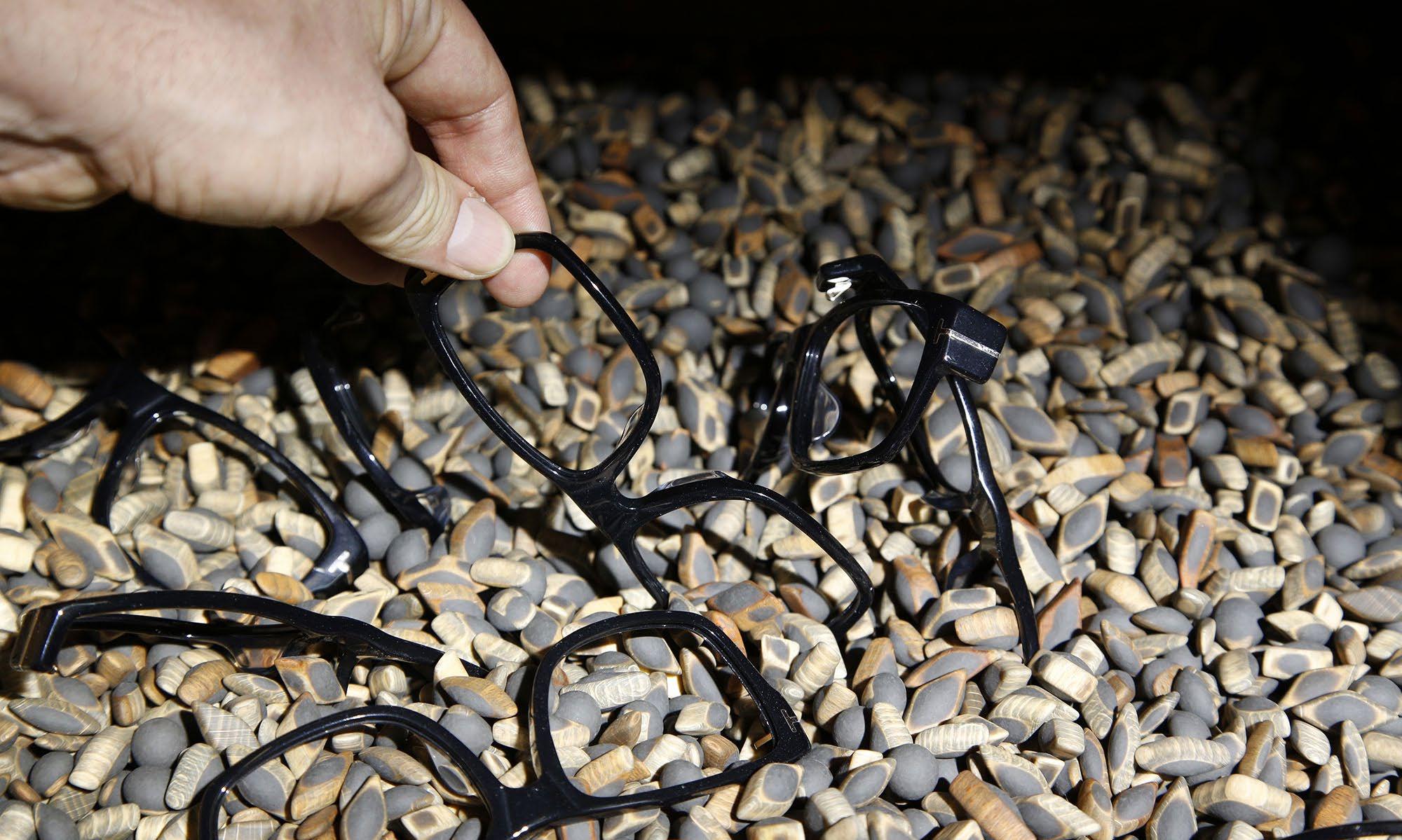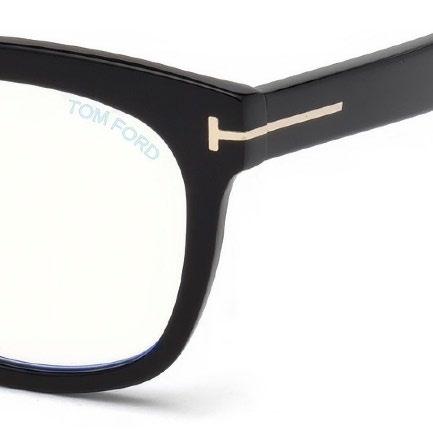

MATERIALS GUIDE



MATERIALS GUIDE


Cellulose acetate is a modified natural polymer
To obtain Cellulose Acetate we start with the selection of renewable sources such as certain varieties of trees and cotton linters .
From these sources the purest part of the cellulose is extracted which is subsequently treated with Acetic Anhydride and transformed into Cellulose Acetate powder
This power is mixed with additional ingredients and formed into blocks which are then pressed into sheets
Acetate is available in an unlimited number of colors and patterns limited only by the designer's imagination





Tom Ford frames are produced with Mazzuchelli acetate, a leading name in Italian acetate production since 1849
Mazzuchelli acetate is made in Italy and is hypoallergenic and lightweight
It’s known for its beautiful translucency and smooth finish, giving Tom Ford Eyewear it’s striking high-end look and feel

As a part of the brands overall commitment to sustainability Tom Ford eyewear introduced the ECO Collection in 2022, a collection of frames made with Mazzuchelli's innovative M49 material – creating frames that are both bio-based and biodegradable.


M 49 is a material composed of cellulose acetate with the traditional plasticizer replaced by one of vegetable origin
M 49 is bio - based due to the natural and renewable origins of the materials
The material also meets the criteria for being biodegradable, reducing its long - term impact on the environment
ECO frames are composed of 62 % natural based raw materials
Tom Ford ECO frames can be identified by the mark found on the inside temple
A key part of the process of giving acetate frames their luster and shine is the tumbling process
Tom Ford acetate frames are tumbled in beech wood and abrasive pastes of different grain sizes
Frames go through four separate tumbling stages: 10 hours roughing, 16 hours sanding, 16 hours polishing, and 16 hours brightening
The total process takes almost 60 hours to complete





Tom Ford Eyewear utilizes different types of metals in the eyewear collection, the specific metal type used depends on the technical and functional requirements of the design. Monel and Copper Berillium are only used in the eyewear for small parts or decorative pieces.



Metal alloy with strong corrosion resistance and the ability to take galvanic coloring well
Composition: Copper, Nickel, and Zinc
Strong and durable metal that provides optimum flexibility and comfort
Titanium is 40% lighter & stronger than other metals for the ultimate in comfort and longlasting durability
Metal Alloy with high tensile strength and strong corrosion resistance used in designs with thinner frame profiles
Composition: Copper, Nickel, and Tin
ALPACCA TITANIUMA layer of transparent varnish is applied on all metal glasses to ensure the maintenance of the physical characteristics of the base materials and protect them from oxidation.
Embellishments and logos that are assembled on metal frames are also treated with a protective coating.
Use of inappropriate products for cleaning glasses, exposure to high temperatures and humidity and contact with acid sweating can wear away this protective layer causing metal oxidation.
In order to prevent such oxidation, it is recommended to use only water and a neutral soap for cleaning the glasses, so as not to affect the protective layer.




The “T” logo on Tom Ford frames is a subtle brand calling card
Developed by Marcolin designers the “T” evokes sophisticated luxury without being ostentatious
Today this iconic logo is found throughout the eyewear collection in a variety of iterations



 METAL “T” BOLD “T” “T” IN RELIEF
METAL “T” BOLD “T” “T” IN RELIEF
Echoing the impeccable tailoring of Tom Ford’s clothing, the “T” must be perfectly flush and aligned
Setting the Metal “T” logo alone requires 10 hands on steps to complete
A craftsman works with a milling machine on the temples and front for a perfect finish
This makes each frame truly unique and is why we cannot always supply spare parts for the frames
The metals used for the “T” logos are Alpacca (silver color) and Niclafor (gold color)





The metals used for the “T” details are alloys containing a high percentage of copper, however they cannot be varnished or treated by electroplating because of the manual process necessary to achieve perfect alignment
Due to the composition of the material the “T” is subject to the natural oxidation process, developing a slight patina over time
To bring the “T” back to its original shine a Polishing Cloth Kit is included with these models, the cloth has been treated with a special polishing solution
Use the cloth to rub the metal with slight pressure to remove the patina and restore the natural shine of the metal






Tom Ford eyewear lenses integrate the highest quality materials with cutting edge technology for the ultimate visual experience

ANTI - REFLECTIVE COATING
Eliminates glare from the front & back lens surface resulting in increased clarity
All TOM FORD frames feature lenses with an AR coating

100% UV Protection
2x lighter than glass & impact-proof
2nd best level of clarity to glass

Allows only softer vertical light through & blocks extreme horizontal glare which aids in crisper vision, preventing eye fatigue
Polarized frames have “POLARIZED” engraved on the lens, underneath the TOM FORD logo
The ultimate in luxury and protection, the Tom Ford Blue Block Collection features a range of ready to wear frames featuring blue block technology
Lenses prevent & relieve eye strain & fatigue that can be caused by prolonged exposure to blue light emitted from digital devices such as computers, cellphones, tablets and LED lighting
All TOM FORD optical frames feature Blue Block lenses
Blue Block optical frames will include “ - B” after the style code



Tom Ford frames are made in by Marcolin in Italy, with an entire factory dedicated only to producing Tom Ford eyewear
Frames are made of only the highest quality materials available – acetate is Mazzuchelli for beautiful color and shine
All Tom Ford optical frames come with blue blocking lenses, for the ultimate in luxury and protection

The iconic Metal T is inlaid and polished by hand, taking over 10 manual steps to complete